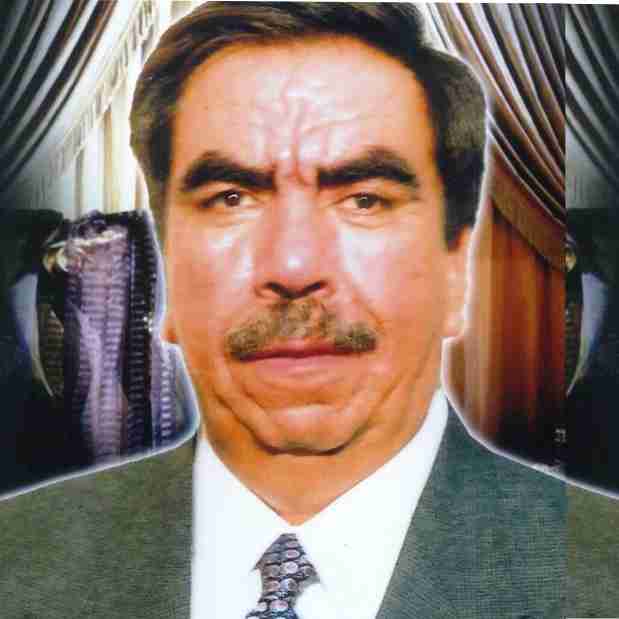PRODUCING DIGITAL MAPS FOR THE DISTRIBUTION OF MINERALS IN IRAQ USING GEOGRAPHIC INFORMATION SYSTEMS (GIS)
DOI:
https://doi.org/10.36371/port.2022.3.4Authors
Considering the huge amount of information, it becomes so difficult to deal with and understand only in condition they were organized, classified and saved as data base that can be deal with automatically and to make use of it without interfering with its meaning and significance. Here comes the need to invent new methods and systems to save such information and deal with. An example of such systems is Management Information System and Geographic Information System. The ability of geographic information systems to prepare the geographic database and represent it as digital maps is verified by processing mineral data. This research aims to produce digital maps of mineral materials in Iraq by converting a paper map (geological map) at a scale (1:1000000) into a digital map using the survey process and modifying the coordinate system for this map using the georeferencing process. Then the layers are extracted from this map using the digitization process, and these layers are represented, and the proportion of these materials on these layers is represented as a circular sector. The purpose of a geodatabase is to create features in GIS datasets and to determine the relationship between features that are shown on maps as layers, where each layer represents a specific type of feature that was used for spatial analysis.
Keywords:
Geographic, digital, maps, survey, layers, mineral, spatial[1] Abdulrazzaq, R.M.W. and Hashim, A.S., (2019). Employ GIS Data to update the Map of the College of Water Resources Engineering Using Aerial and Satellite Images. Iraqi Journal of Science. 60 (4), 914-923. https://doi.org/10.24996/ijs.2019.60.4.25
[2] Dawod, G.M. and Ascoura, I.E., (2021). The Validity of Open-Source Elevations for Different Topographic Map Scales and Geomatics Applications. Journal of Geographic Information System. 13 (02), 148-165. https://doi.org/10.4236/jgis.2021.132009
[3] Al-Ansari, N., (2021). Topography and Climate of Iraq. Journal of Earth Sciences and Geotechnical Engineering. 11 (2), 1-13. https://doi.org/10.47260/jesge/1121
[4] Abdul-Rahman, A. and Pilouk, M., (2008). '2D and 3D Spatial Data Representations', in A. Abdul-Rahman and M. Pilouk, (Eds), Spatial Data Modelling for 3D GIS,(pp. 25-42). Springer Berlin Heidelberg: Berlin, Heidelberg. https://doi.org/10.1007/978-3-540-74167-1_3.
[5] Bossler, J.D., et al., (2010). 'GIS Fundamentals', in J.D. Bossler, Editor, Manual of Geospatial Science and Technology,(pp. 525--547). CRC Press: New York. https://doi.org/10.1201/9781420087345-c27.
[6] Hillier, A., (2008). Arc GIS 9.3 Help Manual. Environmental System Research Institute Inc., Redlands ,California. 113
[7] Chang, K.-T. (2008). Introduction to geographic information systems. 9th ed. Vol. 4. 2008, New York: McGraw-Hill Boston. ISBN: 1259929647.
[8] Goodchild, M.F., (2010). Twenty years of progress: GIScience in 2010. Journal of Spatial Information Science 1(1), 3-20. https://doi.org/10.5311/josis.2010.1.2
[9] Chang, K.T. (2006). Introduction to Geographic Information System. 3rd ed. 2006, New York: McGraw Hill international Edition. ISBN: 1259929647.
[10] Demers, M.N. (2002). Geographic Information System Modeling in Raster. 2002, New York: Wiley Inc.
[11] IGSI, (2012). Geo Survey-Iraq and maps of Iraq. Iraq Geological Surveying Institute, Baghdad.
License
Copyright (c) 2022 Journal Port Science Research

This work is licensed under a Creative Commons Attribution-ShareAlike 4.0 International License.
Downloads
- Published: 2022-12-10
- Issue: Vol. 5 No. 3 (2022): TRANSACTION ON ENGINEERING TECHNOLOGY AND THEIR APPLICATIONS
- Section: Articles












